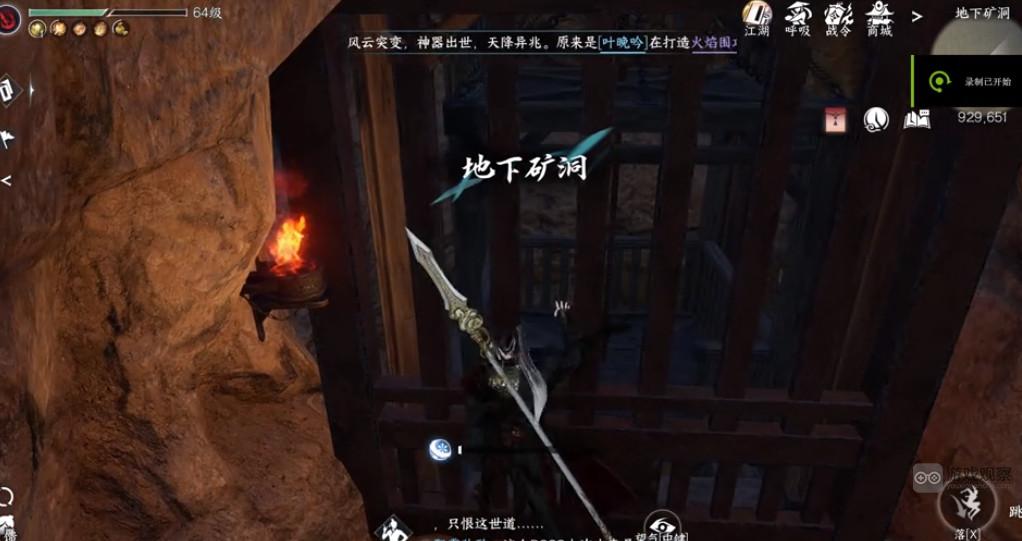前段时间我一直在忙于写系列文章,同时也在刷算法题,导致进度有些耽误。最近遇到了一道需要使用滑动窗口的题目,做完之后觉得挺有意思,因此觉得有必要好好聊一下滑动窗口。
所谓滑动窗口(slide window)是一种优化算法的抽象概念,主要用于解决数组、字符串等线性结构中的子数组或子序列问题。它的整个思路是通过维护一个窗口(window)在数组上滑动,每次滑动一个单元距离,从而减少重复计算。
滑动窗口一般分为两种:
固定大小窗口
:窗口的大小是固定的,通过移动窗口在数组或字符串上的位置来解决问题。例如:求数组中固定长度子数组的最大和。
可变大小窗口
:根据条件动态增大或者缩小窗口。例如:求不超过给定和的最大子数组。
对于固定大小窗口问题,最典型的就是leetCode第三十题:
给定一个字符串 s 和一个包含多个长度相同的单词的数组 words
,要求找出 s 中
所有的起始索引
,这些起始索引所对应的子串正好是 words 中所有单词的
串联排列
(
顺序不限定
,但每个单词必须用一次)。
示例:
输入:
s = "barfoothefoobarman"
words = ["foo", "bar"]
输出:
[0, 9]
解释:
从索引 0 的子串是 "barfoo",它是 ["foo", "bar"] 的串联。
从索引 9 的子串是 "foobar",它也是 ["foo", "bar"] 的串联。
利用滑动窗口,可以很容易实现如下代码:
from collections import Counter
from typing import List
class Solution:
def findSubstring(self, s: str, words: List[str]) -> List[int]:
if not s or not words:
return []
word_len = len(words[0])
word_count = len(words)
total_len = word_len * word_count
word_freq = Counter(words)
result = []
# 只遍历 word_len 次
for i in range(word_len):
left = i
right = i
seen = Counter()
matched_count = 0
while right + word_len <= len(s):
# 提取当前单词
word = s[right:right + word_len]
right += word_len
if word in word_freq:
seen[word] += 1
matched_count += 1
# 如果当前单词出现次数超过了预期,移动左指针
while seen[word] > word_freq[word]:
left_word = s[left:left + word_len]
seen[left_word] -= 1
matched_count -= 1
left += word_len
# 如果匹配的单词数量等于 words 中的单词数量,记录起始索引
if matched_count == word_count:
result.append(left)
else:
# 当前单词不在 words 中,重置窗口
seen.clear()
matched_count = 0
left = right
return result
在上述的代码中,定义了left和right两个指针,不断地移动left和right的位置,来让窗口中的字符串符合条件。当单词出现的频率大于预期的数量,则把left变量向右移动一个单词长度(word_len),并且减少seen变量中对应单词的数量,同时减少matched_count。
当遇到不在规定中的单词,则重置整个窗口。
这里第一个循环比较取巧,只循环单词长度(word_len)就能遍历出所有的不重复结果。
第二个例子是大小不固定的窗口案例,题目是:
求数组中和不超过 k 的最大长度子数组。
def get_max_sub_arry_length(nums: List[int], k: int) -> int:
left = 0
max_length = 0
sum = 0
for right in range(len(nums)):
# 扩大窗口
sum += nums[right]
while sum > k and left <= right:
# 缩小窗口
sum -= nums[left]
left += 1
# 重新计算最大长度
max_length = max(max_length, right - left + 1)
return max_length
nums = [1,2,3,4,5]
k = 8
print(get_max_sub_arry_length(nums, k))









